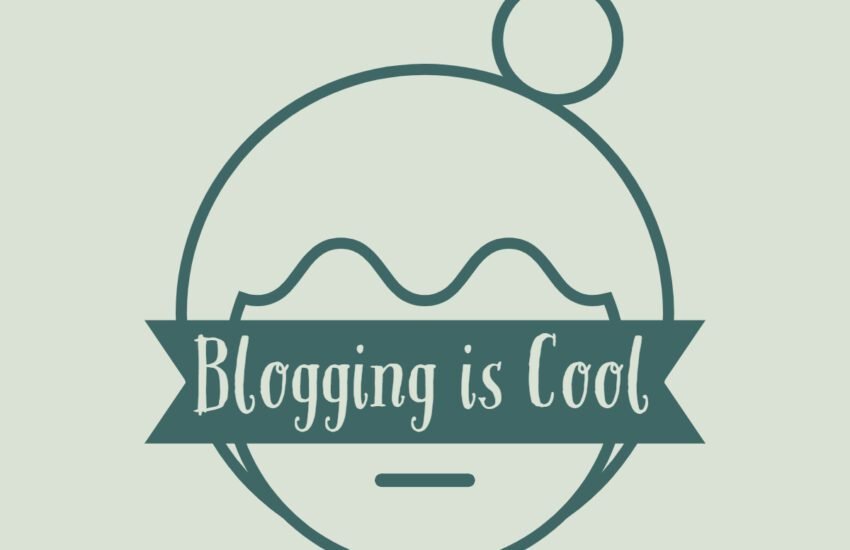Setting up the Best Permalink Structure for Your Blog
What is a Permalink?
When it comes to optimizing your blog for search engines and improving user experience, one important aspect to consider is the permalink structure.
A permalink is the permanent URL of a specific blog post or page on your website.
It plays a crucial role in determining how search engines and users perceive and access your content.
Types of Permalink Structures
There are several types of permalink structures available, each with its own advantages and considerations. Let’s explore the most common ones:
1. Plain Permalinks
A plain permalink structure consists of a simple URL that uses the default format provided by the blogging platform or content management system (CMS). It typically includes a combination of numbers, letters, and special characters, making it less user-friendly and less optimized for search engines. An example of a plain permalink is: https://www.example.com/?p=123
Advantages:
- Easy to implement and manage
- No risk of conflicts with other URLs
Considerations:
- Less user-friendly and memorable
- Not optimized for search engines
- Difficult to understand the content of the page from the URL alone
2. Numeric Permalinks
Numeric permalinks are similar to plain permalinks but use only numbers to identify the post or page. They are slightly more user-friendly than plain permalinks but still lack the optimization benefits of descriptive URLs. An example of a numeric permalink is: https://www.example.com/archives/123
Advantages:
- Relatively simple and easy to manage
- Less risk of conflicts with other URLs
Considerations:
- Not as user-friendly as descriptive permalinks
- May not provide clear information about the content of the page
- Less optimized for search engines
3. Date-Based Permalinks
Date-based permalinks incorporate the publication date of the blog post into the URL structure. They can be structured in various formats, such as year/month/day/post-title or post-title/year/month/day. An example of a date-based permalink is: https://www.example.com/2022/01/01/sample-blog-post
Advantages:
- Organizes content based on publication date
- Allows users to easily identify the recency of the content
Considerations:
- May result in longer URLs
- Can make the URL less memorable and harder to share
- Less optimized for search engines compared to descriptive permalinks
4. Category-Based Permalinks
Category-based permalinks include the category or categories to which the blog post belongs in the URL structure. This helps in organizing content and creating a logical hierarchy within the website. An example of a category-based permalink is: https://www.example.com/category/sample-category/sample-blog-post
Advantages:
- Improves website structure and navigation
- Allows users to easily identify the topic or category of the content
Considerations:
- May result in longer URLs
- Can make the URL less memorable and harder to share
- Less optimized for search engines compared to descriptive permalinks
5. Descriptive Permalinks
Descriptive permalinks use keywords or phrases that accurately describe the content of the blog post in the URL structure. They are considered the most user-friendly and search engine optimized option. An example of a descriptive permalink is: https://www.example.com/sample-blog-post
Advantages:
- Highly user-friendly and memorable
- Clearly describes the content of the page
- Optimized for search engines
Considerations:
- May require careful consideration to avoid duplicate URLs
- Requires proper management and redirection if permalink structure changes
Best Permalink Structure for Blogs
Considering the advantages and considerations of each permalink structure, the best option for blogs is the descriptive permalink structure.
Descriptive permalinks provide a clean and concise URL that is both user-friendly and optimized for search engines. They offer a clear indication of the content of the page and are more likely to be clicked on and shared by users.
However, it’s important to note that changing the permalink structure of an existing blog can have implications for SEO and user experience.
If you decide to switch to a descriptive permalink structure, make sure to set up proper redirects from the old URLs to the new ones to avoid broken links and loss of search engine rankings.
Conclusion
In conclusion, choosing the right permalink structure is essential for optimizing your blog’s visibility and user experience.
By opting for a descriptive permalink structure, you can enhance your blog’s search engine optimization, improve user engagement, and create memorable and shareable URLs.


